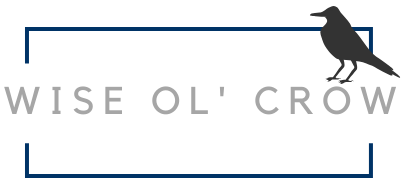Refinancing 101: Review This Guide Before You Apply

With interest rates projected to rise over the rest of the year, it's no wonder that you might be wondering about refinancing your mortgage. But, dad jokes aside, the decision to pay off your mortgage with a new loan requires careful consideration, even if you're tempted by the promise of a lower interest rate. So keep the advice in this guide in mind as you shop around for a home loan refinance.
Reasons to Refinance

Before you refinance, set a goal for your new mortgage. Do you want to lower your monthly payment with a lower interest rate? Shorten the term so you pay less over the life of the loan? Take out cash to make renovations? A combination of those objectives? The answer will inform the best type of refinancing for your needs and help you select a lender.
For example, if you currently have an adjustable-rate mortgage, refinancing to obtain a lower fixed rate now could be a smart move. If your FHA loan has private mortgage insurance, you can reduce your monthly payment by refinancing to a new loan without PMI. Those facing divorce may need to refinance to remove a former partner from the mortgage.
Eligibility Requirements

You'll also need to make sure your credit passes muster. Most mortgage companies require a good to excellent FICO score for refinancing customers, with the best rates reserved for those who have a 760 or higher. In addition, you will likely need at least 20% equity in your home to qualify.
Streamline the process of applying for your mortgage refinance by gathering the necessary documents in advance. You'll need at least three months of statements for all your bank accounts, recent paycheck stubs, two years of income tax information, proof of identity and a copy of your existing homeowner's insurance policy.
The Cost of Refinancing

You'll also need to consider closing costs and other fees when you calculate your refinance savings. A Seattle Times article from earlier this year reported that the average cost of a refinance is 3 to 6% of the total loan amount. In other words, if you have a $300,000 balance on your mortgage, you'll need to account for another $9,000 to $18,000 either paid at settlement or rolled into your updated home loan.
You can save money on closing costs as well as on your refinance APR by shopping around for a new mortgage. Seek at least three to five quotes so you can compare and contrast - but be sure to group all those inquiries within a few days of one another to avoid negatively affecting your credit score.
Each lender will provide a loan estimate that provides all the details of your refinance, including the complete costs. Once you receive this document, you have 10 business days to decide whether you want to move forward with the mortgage.
How To Find the Break-Even Point

When you get the loan disclosure, figure out how long it will take you to break even on the cost of the refinance. Returning to the above example, if you save $200 a month on your mortgage but pay $10,000 in closing costs, it will take you 50 months to break even. On the other hand, if you can get a better loan and save $500 a month with the same closing costs, you reach the break-even point in just 20 months.
Why does it matter? If you sell your home before you break even, you could potentially lose money by refinancing now.
The bottom line? Before you sign on the dotted line, do the math to make sure a refinance offer makes financial sense for your future.
